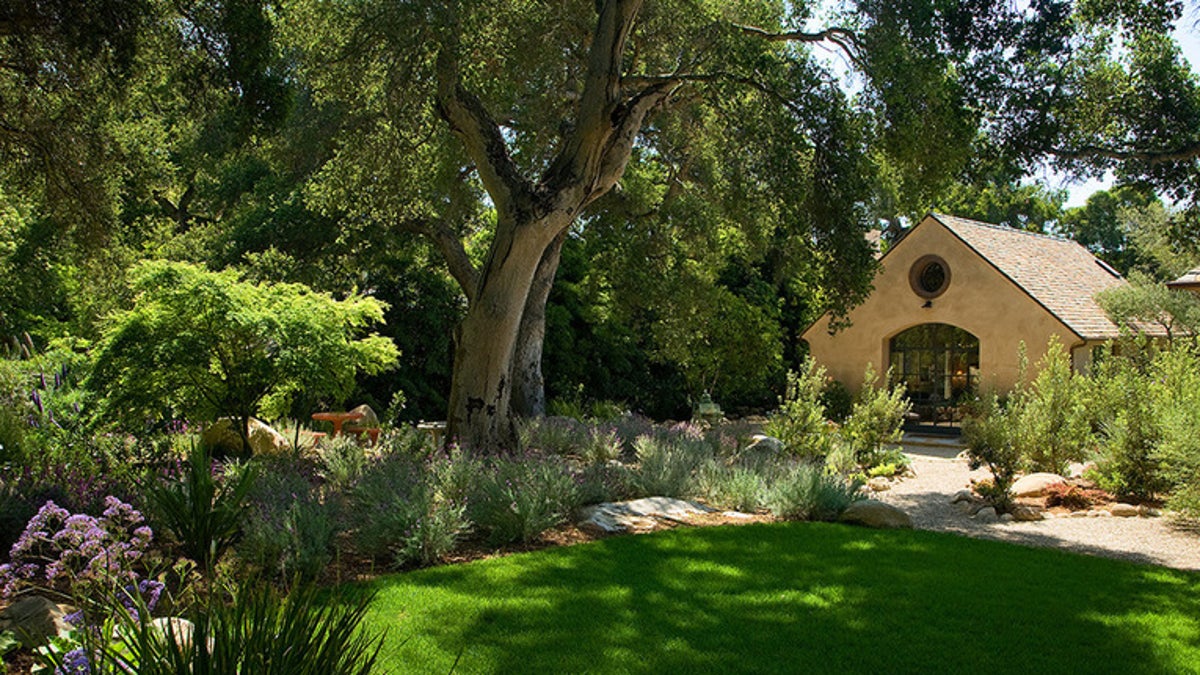
If you are itching to add native plants to your garden, don’t feel as though you have to start over. Don’t worry that native plants won’t look right with your established and thriving ornamental plants. When I started gardening, I was mixing plants from all over the world, including plants from my prairie region.
Choosing what you love and what wildlife love isn’t as hard as it may seem. Here are some opportunities and strategies to help your landscape grow into a stronger ecosystem.
Replace the dearly departed. When plants die, they leave holes in the garden. Instead of rushing out to the nursery to replace them with the same plants, you can take this opportunity to learn a bit more about your garden and its conditions. What’s in the soil? Is there a lot of competition from other plants? Is there not enough sun or rain, or is there too much?
Then learn about some native plants that would thrive in those site conditions. If your sunny, dry spot can’t seem to grow anything, consider drought-tolerant natives. If you’re like me and lost a hybrid crabapple, you might consider a native serviceberry (Amelanchier spp.), chokecherry (Prunus virginiana) or redbud (Cercis spp.).
Fill common garden gaps. Many gardens have room for more plants, whether it’s underneath existing plants or in tight corners. Here’s a chance to work in some natives. The ground layer is often the most open, covered in wood mulch or shaded by a taller plant. Depending on your region, you can look to plants like purple poppy mallow (Callirhoe involucrata), sedges like shortbeak sedge (Carex brevior) or Sprengel’s sedge (C. sprengelii), pasque flower (Pulsatilla patens), prairie smoke (Geum triflorum), wild geranium (Geranium maculatum) or tickseed (Coreopsis spp.).
If the place to fill is narrow and full of competition, there are plenty of natives that don’t have a big footprint: most blazing stars (Liatris spp.) and onions (Allium spp.), such as nodding onion (A. cernuum), thrive in small openings.
Always remember to match the plants you choose to your soil as well as to the amount of light and rainwater your garden receives.
RELATED: Decorate Gaps With Garden Statues
Anticipate plant absences. If you have a plant already in your garden that research shows is not going to be long-lived, you can start thinking now about what you can grow near it that will be able to fill the gap it will leave without missing a step.
Many native plants are slower to establish and won’t crowd out established specimens in your garden for many years. Perennials like blue wild indigo (Baptisia australis), butterfly milkweed (Asclepias tuberosa), lead plant (Amorpha canescens) and compass plant (Silphium laciniatum) spend their first few years developing deep taproots. Woody plants can also take several seasons to really get going as they adjust and adapt to their new homes.
However you proceed and whatever you try, common gardening wisdom says: Enjoy it and don’t be afraid. Experiment with plants and textures, colors and sizes. You’ll make aesthetic and practical mistakes, but that’s how you learn and grow. As your landscape evolves, you evolve. As you add native plants, the number of pollinators, birds, spiders and more will rise, bringing you added joy and satisfaction.
RELATED: Bring Wildlife in With a New Birdhouse
While you may never part with your grandmother’s lilac, you can start a new tradition for your kids and grandkids alongside the lilac — one that celebrates native ecology and environmental health. So go ahead, plant that milkweed in there with the daylilies.



















